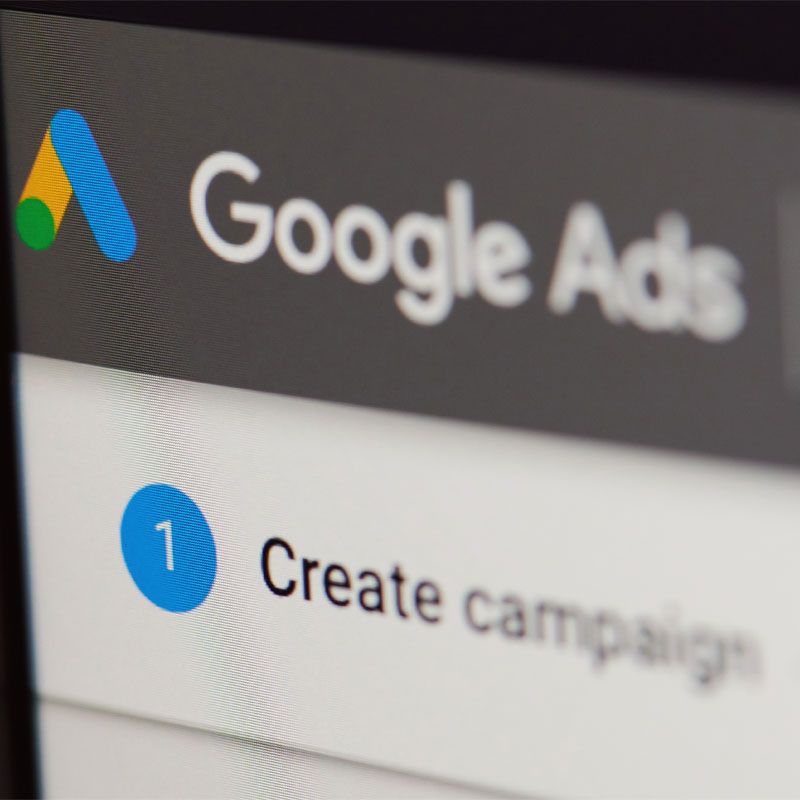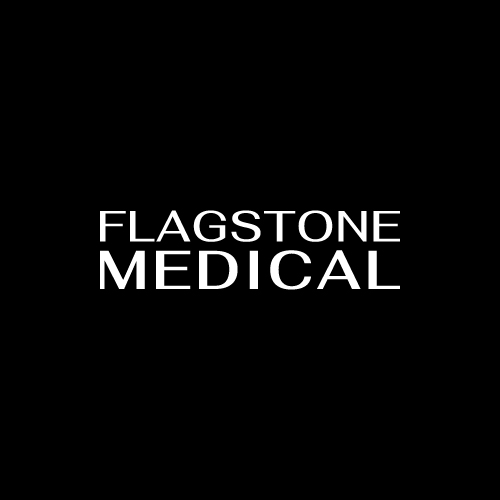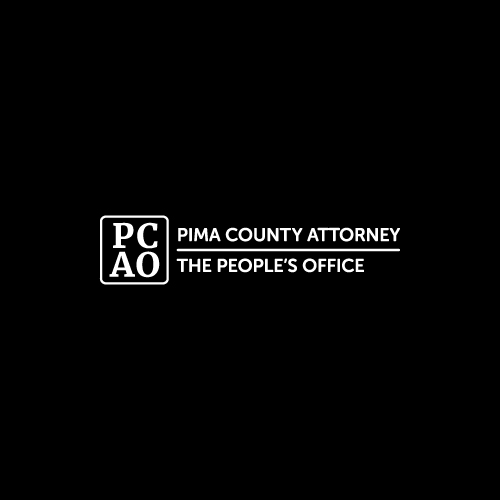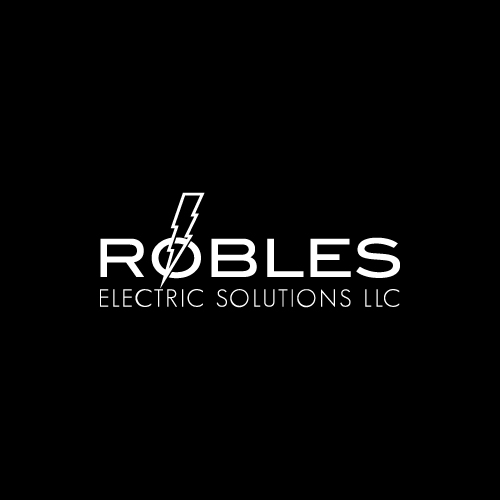Have you tried to perform your own PPC campaigns using Google Ads (formerly Google AdWords) or Facebook paid ads and had less than favorable results? I have seen so many business owners asking other business owners on forums how to make it work or what works for them. So I figured I would weigh in on the subject and hopefully give you some perspective and a basis to analyze your own efforts.
I’ll start off with, every business dynamic is different. The demographics are different, and the geography, needs, and goals are all different for every business. On the whole, your online marketing plan should consist of a pay-per-click internet marketing campaign, a social media & PR schedule, and a content marketing and SEO campaign in order to produce a lasting effect on your internet presence. Since PPC is your first step in the process to get immediate traffic and results, this is where we’ll start.
One common misconception with PPC is that I can get a bunch of traffic if I pay for it and if I get traffic to my site, I will get leads. Unfortunately, that is not entirely the case. In fact, if you close your eyes while you fire that shotgun blast across the web, you will likely end up with a high bounce rate and pay for a bunch of useless traffic. You need to be more like a sniper when it comes to paid advertising. Have a plan, budget your cost per acquisition, and estimate your ROI. After all, you are looking to make a profit from any advertising effort, whether it be online or off. So let us hone in on our target first.
Have a Goal
Every online marketing strategy should start with a plan. We advise our clients to think of the product or service that they offer that has a good profit margin that they would like to sell more of. Think about your average profit margin and revenue for that service so we can find our break-even point for the campaign. I will use Fred’s Auto Shop as an example.
Fred’s Auto decides he wants to sell more brake jobs. A brake job, on average, grosses $350 per vehicle and has a 50% GP margin after the cost of goods sold and labor is paid. This means that he can spend up to $175 to acquire one new customer and still break even on the advertising cost.
In this example, since automotive repair is a consumable service and will always be needed, you can also factor in the lifetime value (LTV) of a single new customer. So even if he breaks even, he has a chance to start a new relationship with a new customer (who on average owns 2.5 vehicles) for return service at no extra advertising cost. And if you have a referral program of some sort, you can capture all their friends and family as well at a minimal cost. You can also get a referral by simply doing an amazing job so that he will want to evangelize for you, which will cost you zero dollars.
So one click can start a chain reaction of getting return business and more customers. In this article, we are just focused on getting them in your door and we will be looking at the immediate ROI for the campaign. But you should be always focused on keeping them coming back. So, now that we have a goal in mind for our first campaign, it’s time to do some research.
Research your keywords & user intent
We want to think about customers that will be at, or near, the bottom of the sales funnel for our paid marketing. Think about the intent of the searcher. Remember, think sniper. Keywords like “brake(s)” by themselves can get you a ton of unwanted traffic, like someone searching “How to do my own brakes” or “What tools do I need to perform my own brakes”. That is not your customer. You want someone looking for something more like “brake replacement near me” or “brake job specials near me”. These are people that are looking to act and buy right then. Now you want to research search volume and competition and weigh that against the cost per click (CPC). You can use free tools like Google Keyword Planner or MOZ or paid services through MOZ or SEM Rush that will get you a much bigger picture. For our example, we will be using the SEM Rush keyword tool for our research. Enter as many search ideas that you have that you think your customers will use to try and find you.

I only entered in a few for this example. Above, you can see some of the keywords that I entered along with some that SEM Rush suggested based on mine. Since Fred’s Auto Shop is just a local store, I narrowed my search to one single local city to see what Fred’s geographic (his actual potential customers) is using to find automotive repair shops in the area that he serves. While we are currently using this keyword research for a PPC campaign, you will be using this same research for your SEO and content marketing campaigns.
Learn how to build a good content marketing strategy here.
For our PPC campaign, we need words that are further down the funnel with buying intent. For this example, I like the keyword “brake repair”. Now that we have our keyword, we will want to put together our ad. The goal is to get a good ad score by matching the ad copy and keywords with that of your landing page. There are a number of different ways to do this during your ad setup, including finding your negative keywords, which can get pretty confusing. If you would like to learn in more detail how to set up a Google Ads campaign, let me know in the comments section and I can write a detailed post on setting up your campaign for launch.
So one of Fred’s Auto’s PPC campaign ads might look something like this. Notice how we used a description that made the ad clear on what they will see once they click on the ad.

Build a landing page
This might be one of the biggest reasons that PPC marketing campaigns fail. You can pay for the click all you want, but if your user shows up on a page that doesn’t make it easy to find the things that they came there looking for, like what your ad was actually advertising, then you will have users drop off before they actually convert. You need to create a page that is specifically designed to convert for what you were advertising for. For Fred’s Auto, we will want a page that has specials, contact info, and appointments specifically for brake repair. You should always include:
- A call now button
- A contact form near or above the fold
- Information or coupons for what you were advertising for
- Testimonials or reviews if possible
- Why someone should choose your business over your competitors
- A last shot of conversion with a call to action at the bottom of the page
- An option to go to your main webpage for more information or to see more of the products or services that you offer
This can help ensure that a user who clicks on your ad will have the best chance of converting to a visit or a sale from your page. Your goal with a landing page is to remove as many of the barriers in the way of your user conversion as possible. After they click on your ad, the information they were looking for should be right there, and/or the ability to make the call to you should be evident. Make your keyword and ad intent match what your user finds on the page they clicked to. The better your landing page and ad match in relevance, the better your ad score will be. Better ad scores mean higher placement and often a lower price per click since Google will recognize this as a better experience for its users.
Monitor your traffic and ROI
This is out of our control as a marketing agency most of the time. We can’t control what happens when your new customer walks through your door or calls your business. YOU need to get that customer in the door from a call or sell them the product or service after their click. You should be monitoring HOW every customer comes through your door, so this will just be another channel you have to bring in customers. We can use Google Analytics to track them up to contact you, but then you will need to track them at the time of sale.
Google Analytics is one of the best ways to track the movement of your customers from your ad through your landing page and ultimately through your door. When you set up an ad in your Google Ads campaign, you will use a specific tracking code that will follow the user through your page/site to see what they do. We install Google tags to record when and which buttons are pushed. This will help you learn where your users are (or aren’t) converting on your page and give you an opportunity to improve any areas that aren’t working as well for you. Placement, text, and even colors of your buttons and call-to-action areas can have an effect on your users and whether they interact with it or not. A/B testing is a big part of designing a successful campaign to make sure that you really narrow down on what best converts your users to customers.
Now, the whole idea of marketing is to build more profits. So as we mentioned before, the cost of marketing shouldn’t outweigh the profit dollars that are earned from its efforts. We can figure out the return on investment for the single sale of the product or service that the ad brought us, but you should also keep in mind the overall lifetime value of your customer once they have made their first purchase from you when gauging the full success of your campaign. Let us for now, just consider the single purchase created from the ad.
To figure out your ROI, you will need to figure the gross profit dollar earned from the total purchase of every customer that came in from your ad. In order to isolate the traffic and sales from you your ad from the rest of your sales, we suggest making a custom coupon code that can be collected when the customer makes their purchase.
For Fred, will create a coupon for the brake job and track the amount that each customer spends using that coupon. He will take the total profit dollar for the month from all the jobs that came in from his PPC campaign and subtract the total amount spent on the campaign. This is Fred’s return on the advertising investment. Again, if Fred did a good job winning over his new customer, the LTV of this customer could be ten times more than that.
Conclusion
Again, these are just the basic things that you should be aware and mindful of when designing your PPC campaign if you want a chance at succeeding with it. We run into so many businesses that say they have never had a successful campaign or they felt like they were just throwing away money on it. Nine times out of ten, they were missing one of these key points listed here. The other one just wasn’t measuring their success and had no idea that it was actually working.
The point is that you should always pay attention to where your advertising dollars are going and make sure that they are not wasted on campaigns that don’t work. This goes for any advertising campaign, traditional or digital. We hope that this post helps you refine your marketing strategies to focus more on ROI and be more successful. Leave a comment below if you have any other questions or want us to take a look at your campaign and see if there is any way to improve its success.









